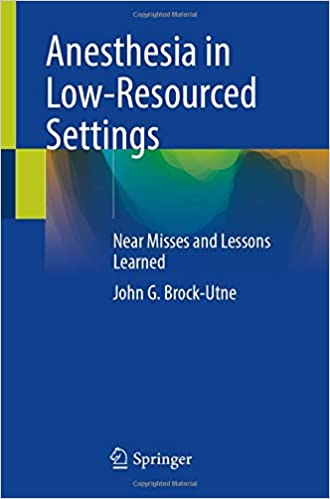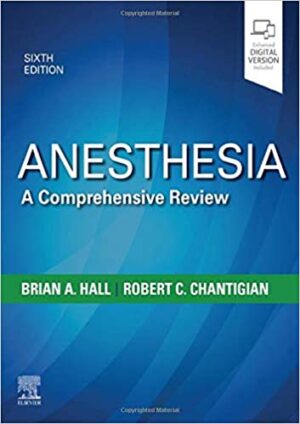Description
“Anesthesia in Low-Resourced Settings: Near Misses and Lessons Learned” refers to the practice of anesthesia in healthcare environments with limited resources, often in low-income or underserved regions. Providing safe and effective anesthesia care in such settings can present unique challenges, and the term “near misses” typically refers to situations where adverse events were narrowly avoided. Here’s an overview of what you can expect from this context:
- Resource Constraints:
- Anesthesia providers in low-resourced settings often face shortages of essential equipment, medications, and trained personnel. They must adapt to work within these constraints.
- Patient Population:
- Anesthesia care is delivered to a patient population that may have limited access to healthcare services and may present with advanced or neglected medical conditions.
- Challenges in Infrastructure:
- Facilities in low-resourced settings may lack basic infrastructure, such as reliable electricity, clean water, and sanitation, which can affect the delivery of anesthesia.
- Safety Concerns:
- Patient safety is a paramount concern, and anesthesia providers must find innovative ways to deliver safe care despite resource limitations.
- Clinical Decision-Making:
- Anesthesia providers in such settings often need to make critical decisions based on the available resources and adapt their approach to the circumstances.
- Emergency Preparedness:
- Given the limited resources, the ability to manage emergencies and unexpected events during anesthesia is a key focus.
- Capacity Building:
- Efforts are made to build the capacity of healthcare providers and improve anesthesia training in low-resourced settings.
- Local Expertise:
- Collaboration with local healthcare teams and an understanding of the cultural and societal context are crucial for providing effective anesthesia care.
- Lessons Learned:
- The term “near misses” refers to situations where complications were narrowly avoided. These near misses often provide valuable lessons for improving future practice and safety.
- Global Health Initiatives:
- International organizations, non-governmental organizations (NGOs), and global health initiatives often play a role in supporting anesthesia care in low-resourced settings.
- Advocacy:
- Advocacy for increased funding and resources for anesthesia services in underserved regions is an important aspect of addressing these challenges.
- Research and Innovation:
- Anesthesia providers in low-resourced settings may engage in research and innovation to develop cost-effective and context-specific solutions.
“Anesthesia in Low-Resourced Settings: Near Misses and Lessons Learned” represents the commitment of anesthesia providers to deliver care and improve patient outcomes despite significant challenges. The term “near misses” reflects the ability to learn from potential adverse events and adapt practices to enhance safety. This area of healthcare underscores the importance of resilience, resourcefulness, and collaboration in providing anesthesia care under adverse conditions.





Reviews
There are no reviews yet.